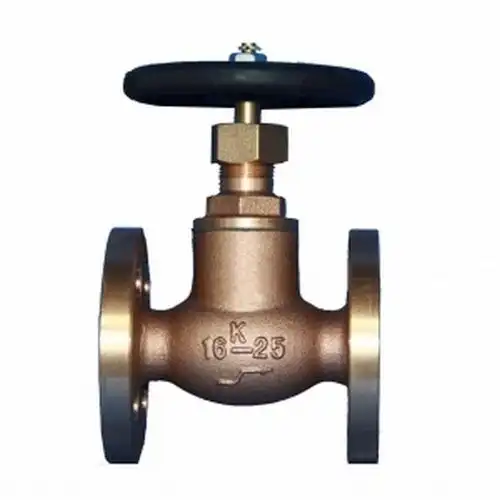|
Marine Valves: A Comprehensive Guide to Types, Selection, and MaintenanceMarine valves are critical components in ship systems, ensuring the safe and efficient control of fluids such as water, fuel, and oil. This guide explores the types of marine valves, their applications, and best practices for maintenance—all optimized to address user queries while adhering to Google SEO principles. 1. Types of Marine Valves Marine valves vary in design and function, tailored to specific operational needs: Gate Valves: Ideal for on/off control in high-pressure systems, commonly used in fuel lines and ballast systems5. Ball Valves: Known for quick shut-off and durability, suitable for freshwater and wastewater management5. Check Valves: Prevent backflow in pipelines, critical for maintaining unidirectional flow in engine cooling systems5. Butterfly Valves: Compact and lightweight, often used in large-diameter seawater intake systems5. Globe Valves: Provide precise flow regulation, essential for steam and hydraulic systems5. 2. How to Choose the Right Marine Valve Selecting the correct valve depends on factors such as: Material Compatibility: Corrosion-resistant materials like bronze or stainless steel are vital for seawater applications56. Pressure Ratings: Ensure valves match system pressure requirements to avoid leaks or failures6. Operational Environment: Consider temperature, fluid type, and exposure to marine conditions5. Certifications: Look for industry standards like ISO 9001 or marine-specific certifications6. User Problem Solved: Addressing leaks? Check for improper valve closure or pipe corrosion, common issues highlighted in marine maintenance reports
3. Installation and Maintenance Best Practices Proper installation and upkeep prevent costly breakdowns: Regular Inspections: Check for corrosion, loose connections, and seal integrity. For example, a leaking toilet flushing valve can cause frequent sanitary pump activation5. Lubrication: Use marine-grade lubricants to ensure smooth operation of moving parts5. Pressure Testing: Conduct routine tests to identify weaknesses before failures occur6. Documentation: Maintain logs of valve replacements and repairs for compliance and troubleshooting6. 4. Common Issues and Solutions Leakage: Often caused by worn seals or improper installation. Replace gaskets and ensure valves are fully closed5. Corrosion: Use anti-corrosion coatings and schedule regular cleaning in saltwater environments6. Stiff Operation: Apply lubrication or inspect for debris blocking valve mechanisms5. User Problem Solved: For emergency repairs, refer to protocols like testing emergency fire pumps or addressing airlocks in fuel systems5. Conclusion Marine valves are indispensable for vessel safety and efficiency. By understanding their types, selection criteria, and maintenance practices, users can mitigate risks and extend equipment lifespan. For further details, explore our guides on marine electrical safety6 or ship system troubleshooting。 |

